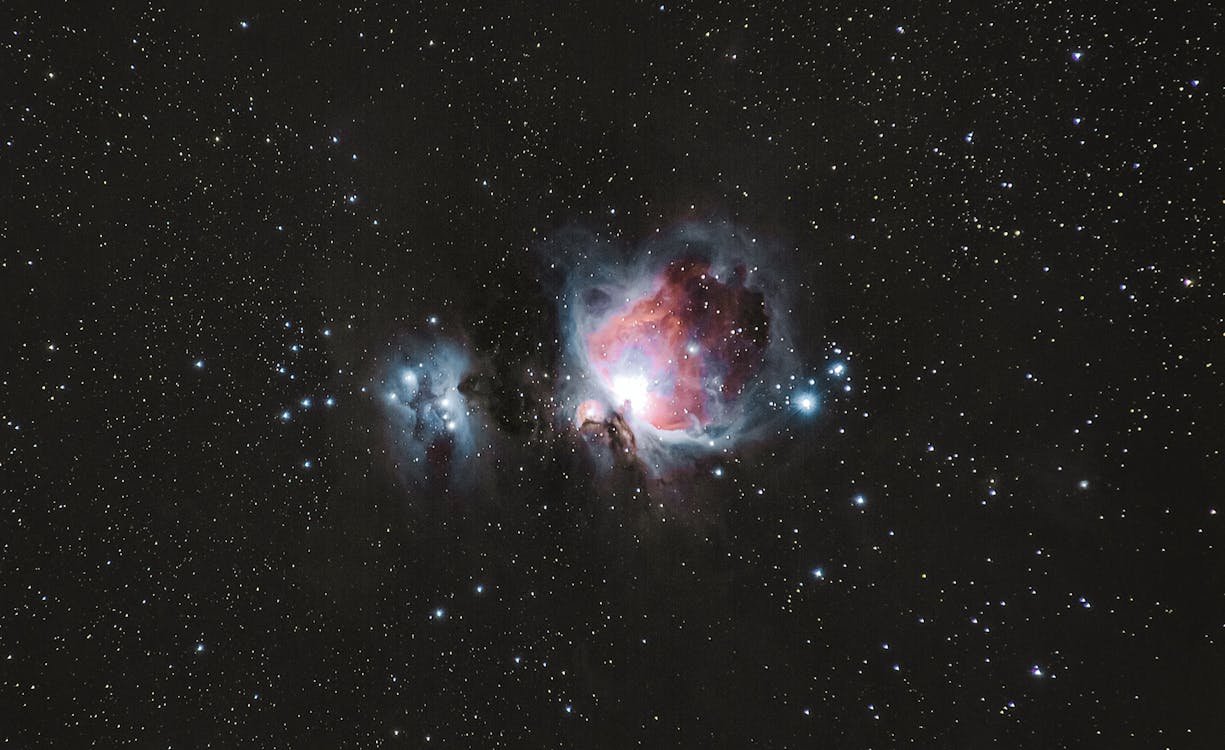Introduction
Gravitational waves are ripples in the fabric of spacetime that were first predicted by Einstein's theory of general relativity. These waves are produced by the acceleration of massive objects and propagate through the universe at the speed of light. Gravitational waves were finally detected in 2015, opening up a new window into the cosmos. In this article, we will explore the role of gravitational waves in understanding the universe.
1: What Are Gravitational Waves?
Gravitational waves are a consequence of the theory of general relativity. In this theory, massive objects warp the fabric of spacetime around them. When these objects accelerate, they create ripples in spacetime that propagate outwards as gravitational waves. These waves are incredibly weak, and their detection requires extremely sensitive instruments.
2: The Discovery of Gravitational Waves
Gravitational waves were first detected by the Laser Interferometer Gravitational-Wave Observatory (LIGO) in 2015. This detection was the result of a century-long quest to directly observe these elusive waves. The discovery of gravitational waves was a milestone in the field of physics, confirming one of the last untested predictions of general relativity.
3: The Significance of Gravitational Waves
Gravitational waves provide a new way to study the universe. Unlike electromagnetic radiation, which is absorbed or scattered by matter, gravitational waves can pass through the universe unimpeded. This means that gravitational waves can provide a direct view of the most extreme and energetic events in the cosmos.
4: Studying Black Holes with Gravitational Waves
One of the most significant applications of gravitational wave astronomy is the study of black holes. Black holes are some of the most extreme objects in the universe, and they are difficult to study using traditional observational techniques. However, when two black holes merge, they create a burst of gravitational waves that can be detected by LIGO.
The first black hole merger was detected by LIGO in 2015, and since then, numerous other black hole mergers have been observed. These observations have confirmed the existence of binary black holes and provided insight into their properties, such as their masses and spins. Gravitational waves have also been used to test general relativity in the strong-field regime, where the effects of gravity are the strongest.
5: Studying Neutron Stars with Gravitational Waves
Another area where gravitational waves have revolutionized our understanding is the study of neutron stars. Neutron stars are incredibly dense objects, with masses up to twice that of the sun compressed into a radius of only a few miles. When two neutron stars merge, they also produce gravitational waves that can be detected by LIGO.
The first neutron star merger was detected in 2017, and it was one of the most significant astronomical discoveries of the decade. The detection of this merger confirmed a variety of astrophysical theories and provided insight into the behavior of matter at extreme densities.
6: Gravitational Waves and Cosmology
Gravitational waves also have significant implications for cosmology, the study of the universe as a whole. The properties of gravitational waves can provide information about the early universe and its evolution.
The cosmic microwave background radiation (CMB) is one of the most significant sources of information about the early universe. The CMB is a faint glow of radiation that permeates the universe, and it provides insight into the conditions of the universe shortly after the big bang. Gravitational waves produced during the big bang should also have left an imprint on the CMB. Detecting these imprints would provide insight into the earliest moments of the universe.
7: Gravitational Waves and Future Discoveries
The detection of gravitational waves has opened up a new era in astronomy and astrophysics. As the sensitivity of detectors continues to improve, we can expect to detect more and more gravitational wave events. The new observations will provide insights into a wide range of astrophysical phenomena, such as the formation and evolution of black holes, the nature of dark matter, and the properties of neutron stars.
Future gravitational wave observatories, such as the European Space Agency's Laser Interferometer Space Antenna (LISA), will be able to detect gravitational waves from even more massive objects, such as supermassive black holes in the centers of galaxies. LISA will operate in space, which will eliminate many of the sources of noise that limit the sensitivity of ground-based detectors. With LISA, we can expect to observe gravitational waves from the early universe and learn more about the formation and evolution of galaxies.
Conclusion
In conclusion, the detection of gravitational waves has opened up a new era in astrophysics, providing us with a direct way to study some of the most extreme and energetic events in the universe. The detection of black hole and neutron star mergers has confirmed many astrophysical theories and provided insights into the properties of these objects. Gravitational waves also have significant implications for cosmology, as they provide a way to study the early universe. With future gravitational wave observatories, we can expect to learn even more about the universe and its evolution. Gravitational waves are a powerful tool for understanding the universe, and we are only at the beginning of this exciting new field of astronomy.
![In the Know with Informium: Discovering [The World] In the Know with Informium: Discovering [The World]](https://blogger.googleusercontent.com/img/a/AVvXsEgcDyR0p1ytrjUEjbVNRJ1Rt66C4X1HYJkQZjuSh_BLJNHQVjppjSqTkcbP2tqgWZ84RhZMkFxCHCC-SxGuMPnSww7DG8x0MVE6d7sDvaEGkbPJuvtq_uY2i7hHDjuprQUzeDt2QcAcWChEFl49Huojm3fLHYpSjoXabD75WmhgSI2yfCktm3WuB86PMQ=s150)
